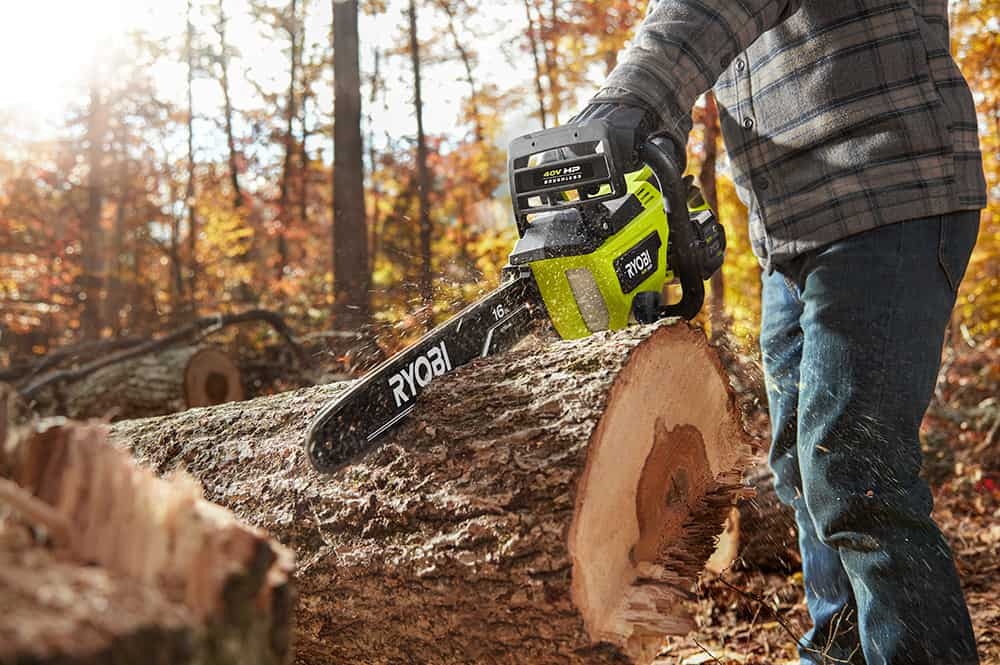
A chainsaw is a powerful tool used in various industries, including forestry, construction, and landscaping. To ensure optimal performance and safety, it is crucial to understand when and how often a chainsaw bar should be replaced. In this comprehensive guide, we will delve into the factors that affect the lifespan of a chainsaw bar and provide expert recommendations on replacement intervals.
- Understanding Chainsaw Bars:
A chainsaw bar is a long, flat, and rigid metal component that guides the cutting chain. It is subjected to significant stress and wear during operation, leading to eventual deterioration. Chainsaw bars are typically made of hardened steel alloy, ensuring durability and longevity. However, even the highest-quality bars have a limited lifespan. - Factors Affecting Chainsaw Bar Lifespan:
Several factors influence how long a chainsaw bar will last. These include:
a. Frequency and intensity of use: Regular and heavy use can accelerate wear and reduce the lifespan of the bar.
b. Maintenance and care: Proper cleaning, lubrication, and tensioning of the chain can prolong the bar's life.
c. Cutting conditions: Cutting dirty or frozen wood, hitting rocks, or encountering nails can cause premature bar wear.
d. Operator technique: Proper cutting technique, avoiding kickbacks, and preventing overheating can extend the bar's lifespan. - Signs of a Worn-Out Chainsaw Bar:
Recognizing the signs of a worn-out chainsaw bar is crucial for both performance and safety. Look out for the following indicators:
a. Reduced cutting efficiency: If the chainsaw struggles to cut through wood or leaves rough and uneven cuts, it may be time to replace the bar.
b. Increased vibration: Excessive vibration during operation indicates bar wear and can lead to fatigue and discomfort for the operator.
c. Uneven wear: Inspect the bar for signs of uneven wear, such as a worn-out groove or a bent tip. These can affect cutting accuracy and safety. - Recommended Replacement Intervals:
While the lifespan of a chainsaw bar varies depending on the factors mentioned earlier, it is generally recommended to replace the bar after 2,000 to 3,000 cuts. However, this is a rough estimate, and regular inspection is necessary to determine the actual condition of the bar. Some signs that indicate the need for replacement include excessive wear, damage, or reduced performance. - Extending Chainsaw Bar Lifespan:
To maximize the lifespan of a chainsaw bar, follow these tips:
a. Regular maintenance: Clean the bar after each use, remove debris, and lubricate the chain to reduce friction and wear.
b. Proper chain tension: Ensure the chain is correctly tensioned to prevent excessive strain on the bar.
c. Avoiding improper cutting techniques: Learn and practice safe cutting techniques to minimize stress on the bar and prevent kickbacks.
d. Use high-quality chainsaw oil: Using a high-quality lubricant will reduce friction and wear on the bar and chain.
Conclusion:
Knowing when to replace a chainsaw bar is essential for maintaining optimal performance and ensuring operator safety. By understanding the factors that affect bar lifespan and following recommended maintenance practices, you can extend the life of your chainsaw bar and enhance its efficiency. Regular inspection and timely replacement will guarantee smooth and effective cutting operations, making your chainsaw a reliable tool for years to come.

